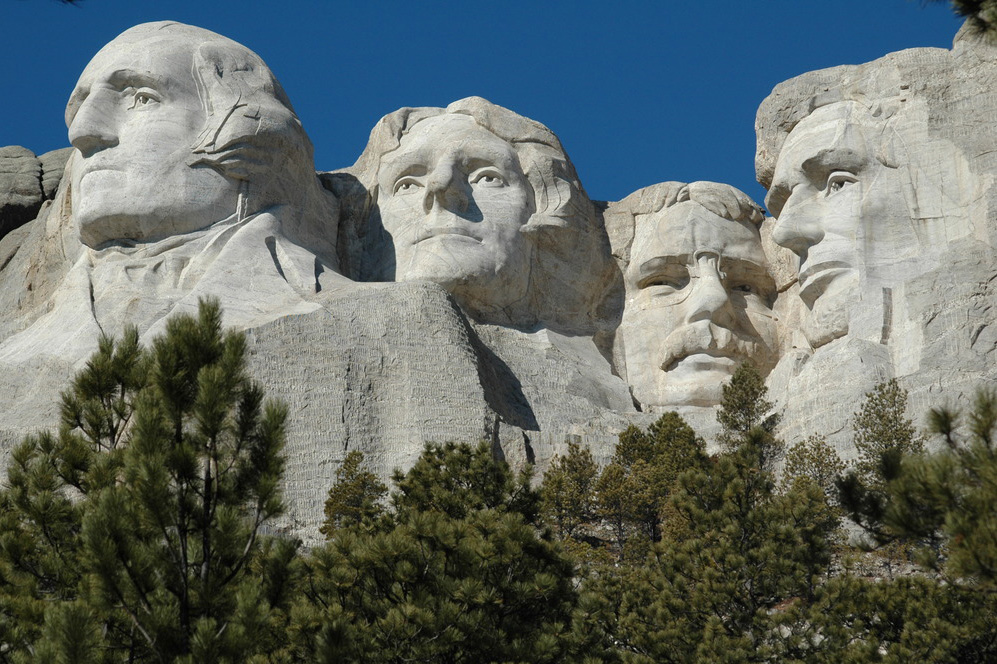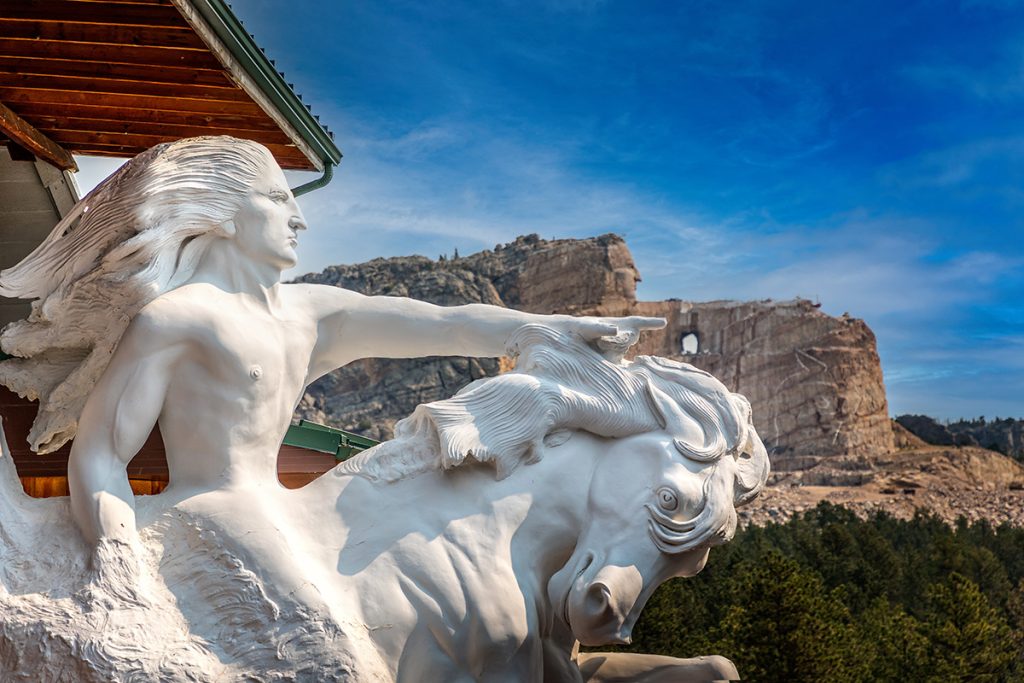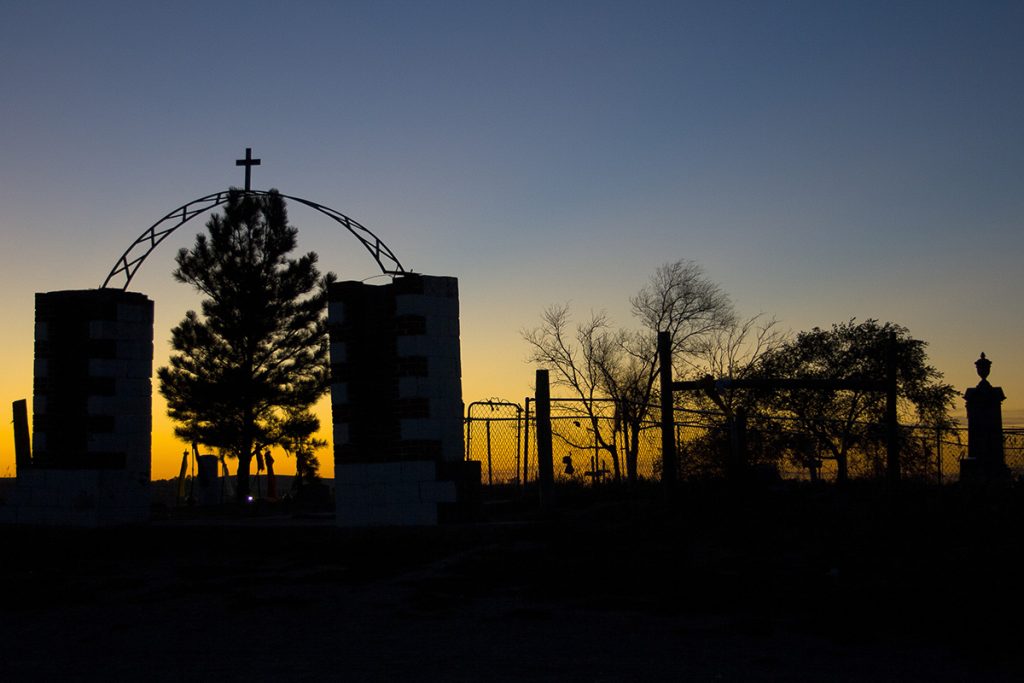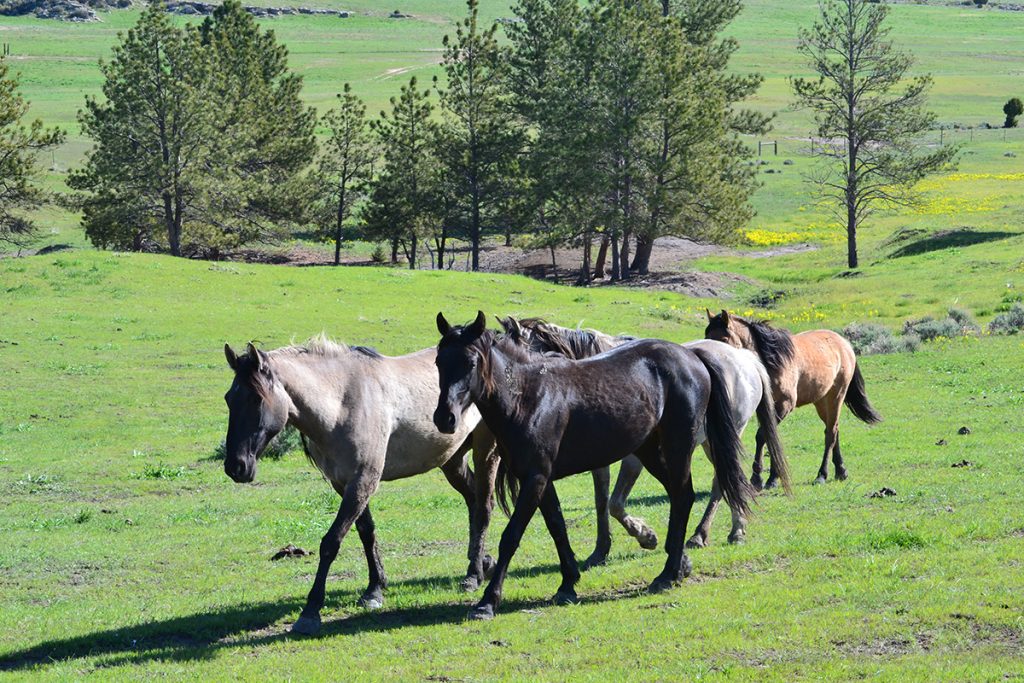Few places in America are as beautiful, mystical, and rich with history as the Black Hills of South Dakota.
Named from the Lakota words Páha Sapá, which mean “hills that are black,” the hills are made up of pine-covered prominences rising several thousand feet above the surrounding prairie. They appear black from a distance, which is why the Lakota gave them this name.
The Black Hills are the sacred home of the Lakota, and became the backdrop for the Great Sioux War of 1876. The U.S. government forced the Lakota off their land into reservations, making room for miners and settlers who were after the Black Hills gold, discovered in 1874. To this day, the Lakota Nation is fighting to have the Black Hills returned to them, never giving up on their homeland.
Today, the Black Hills area consists of a number of small towns, the Black Hills National Forest, and Pine Ridge Indian Reservation. And while it has all the trappings of modern times—cell towers, blacktop highways and EV charging stations—the history of the Black Hills is its most profound feature.
Mount Rushmore National Memorial

Probably the most famous landmark in the Black Hills is Mount Rushmore. This colossal granite sculpture of Presidents George Washington, Thomas Jefferson, Theodore Roosevelt and Abraham Lincoln towers 5,725 feet into the sky, on which each presidential sculpture measures 60 feet in height. Hosting more than 2 million visitors a year, the sculpture was completed in 1941, and is meant to tell the story of the nation’s birth, growth, development and preservation. Before the sculpture was created, this mountain face was a sacred Lakota site called The Six Grandfathers.
The Mount Rushmore site is home to a large visitor center that details the history of the sculpture, as well as a café and gift shop. Managed by the National Park Service, Mount Rushmore is best seen when the weather is clear.
Learn more here.
Crazy Horse Memorial

The Lakota Nation’s answer to Mount Rushmore is the Crazy Horse Memorial, located just beyond Mount Rushmore, a 16-mile drive farther into the Black Hills. The memorial is a tribute to Lakota leader Crazy Horse, who led his warriors in the Battle of Little Big Horn. Defeating Custer’s Seventh Cavalry, Crazy Horse is a hero to the Lakota.
The sculpture has been in the works since 1948, when the first blast was made into the mountain. Sculptor Korczak Ziolkowski began the work immediately after. When he passed away suddenly in 1982, his family and the Crazy Horse Foundation continued work on the mountain.
The sculpture has not yet been completed, in large part because the memorial relies only on donations and admission to view it. The foundation has long refused the help of the federal government.
In addition to viewing the sculpture, visitors can tour the adjacent museum and dine at the Laughing Water Restaurant.
Learn more here.
Wounded Knee National Historic Landmark

To truly appreciate the history of the Black Hills, visiting the Wounded Knee National Historic Landmark is a must. Located on the Pine Ridge Indian Reservation and accessed from Highway 28, the landmark features a memorial marking one of the most shameful incidents in the history of the West.
The landmark is not a glamorous tourist destination, but a somber place where nearly 300 members of the Oglala Lakota were killed and buried on a hill in a mass grave by government troops in the winter of 1890. An obelisk stands in the center of the burial mound, and bears the names of those who were massacred on that day.
Before visiting the memorial, take the time to read about the massacre at Wounded Knee so you can truly appreciate the history of this tragic period in U.S. history.
Located at Wounded Knee Rd N, Wounded Knee, SD 57794.
Black Hills Wild Horse Sanctuary

Mustangs were an essential part of the history of the Black Hills, so it’s only fitting that wild horses still live in the hills’ shadow. The Black Hills Wild Horse Sanctuary is a stunning 11,000-acre sanctuary for wild horses who were removed from federal lands by the Bureau of Land Management. Many of these horses were deemed unadoptable or have other stories that left them in need of rescue.
In addition to providing homes for many wild BLM Mustangs, the Black Hills Wild Horse Sanctuary is preserving strains of Colonial Spanish Horses, such as the Choctaw, Spanish, Sulphur, Kiger and Sorraia. Herds of these Spanish Mustangs live out their days at the sanctuary, almost as their ancestors did in the West during the 18th and 19th centuries.
Visitors are welcome to visit the sanctuary gift shop (proceeds go the horses), and SUV tours are available by appointment for those who want to see these beautiful horses up close.
Learn more here.
Riding the Black Hills
Riding your own horse in the Black Hills is an experience avid trail riders should not pass up. A riding vacation with your mount in this area of the country means traveling over the many trails available to equestrians in the Black Hills National Forest and camping under the star-laden South Dakota sky.
Trails and campgrounds for horses are plentiful in the Black Hills National Forest. A good place to call home base is the Iron Creek Horse Camp, located 13 miles outside Custer, S.D. The campground offers a peaceful setting, is adjacent to Iron Creek, and is surrounded by Ponderosa pine forests. This horse campground is ideal for exploring the wilderness areas and historical sites of the Black Hills.
Visit here for reservations.
This article appeared in the August 2024 issue of Western Life Today magazine. Click here to subscribe!


